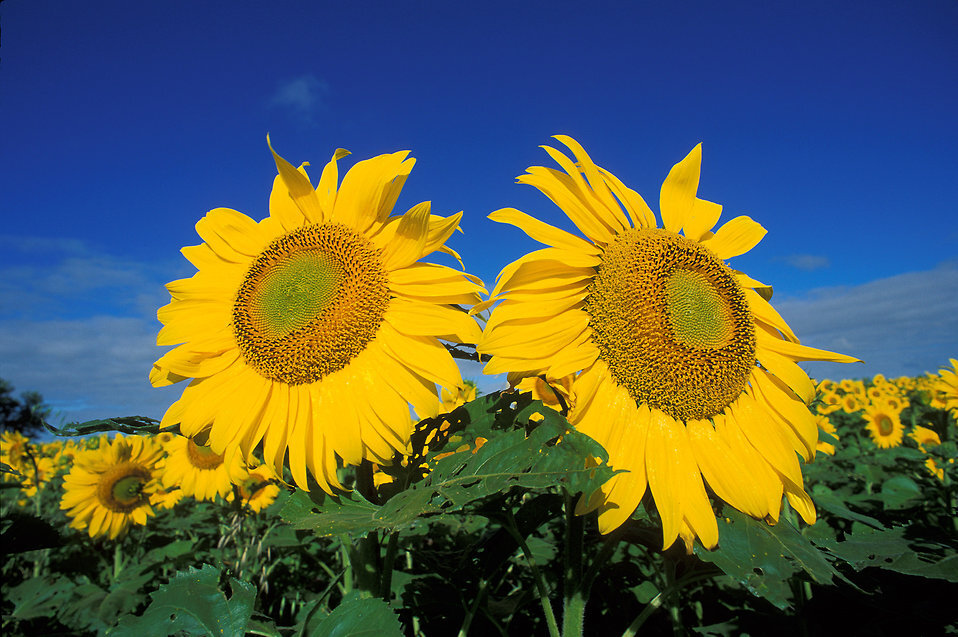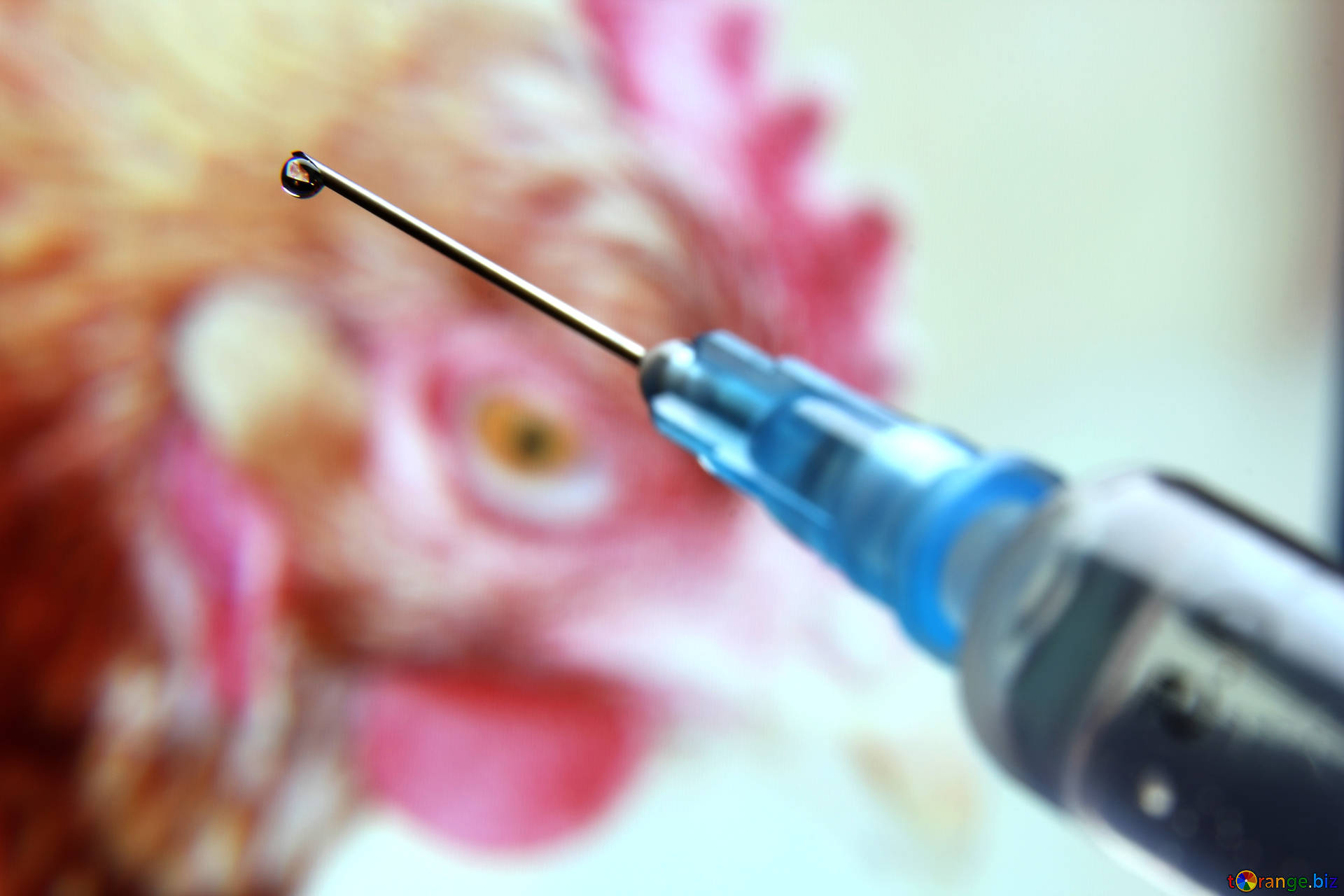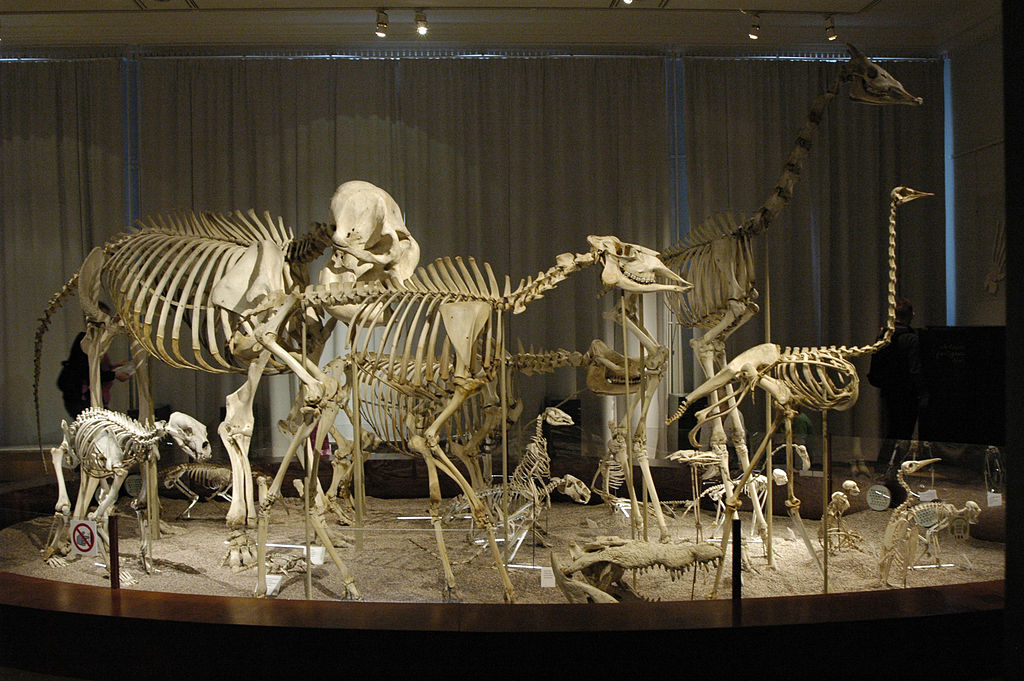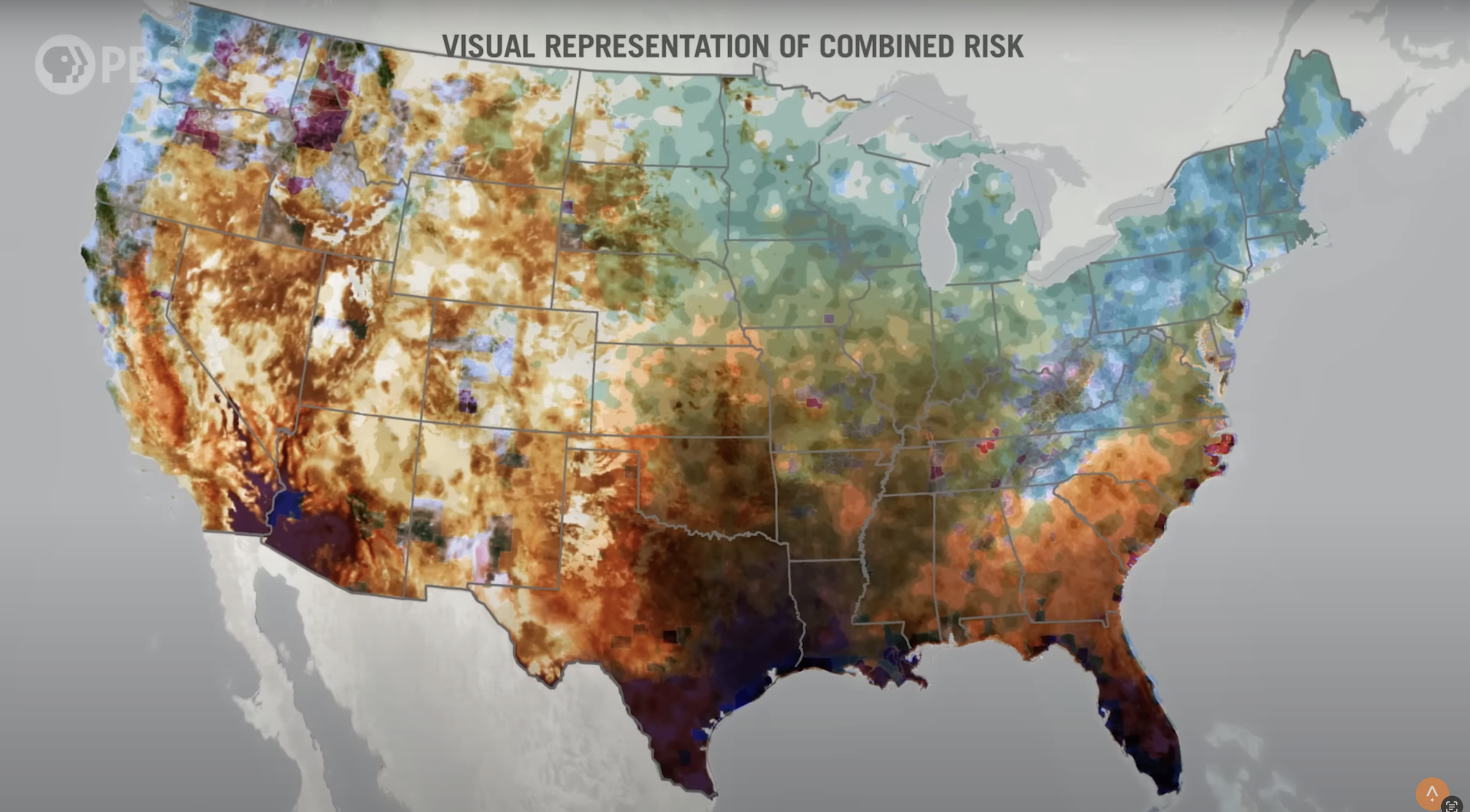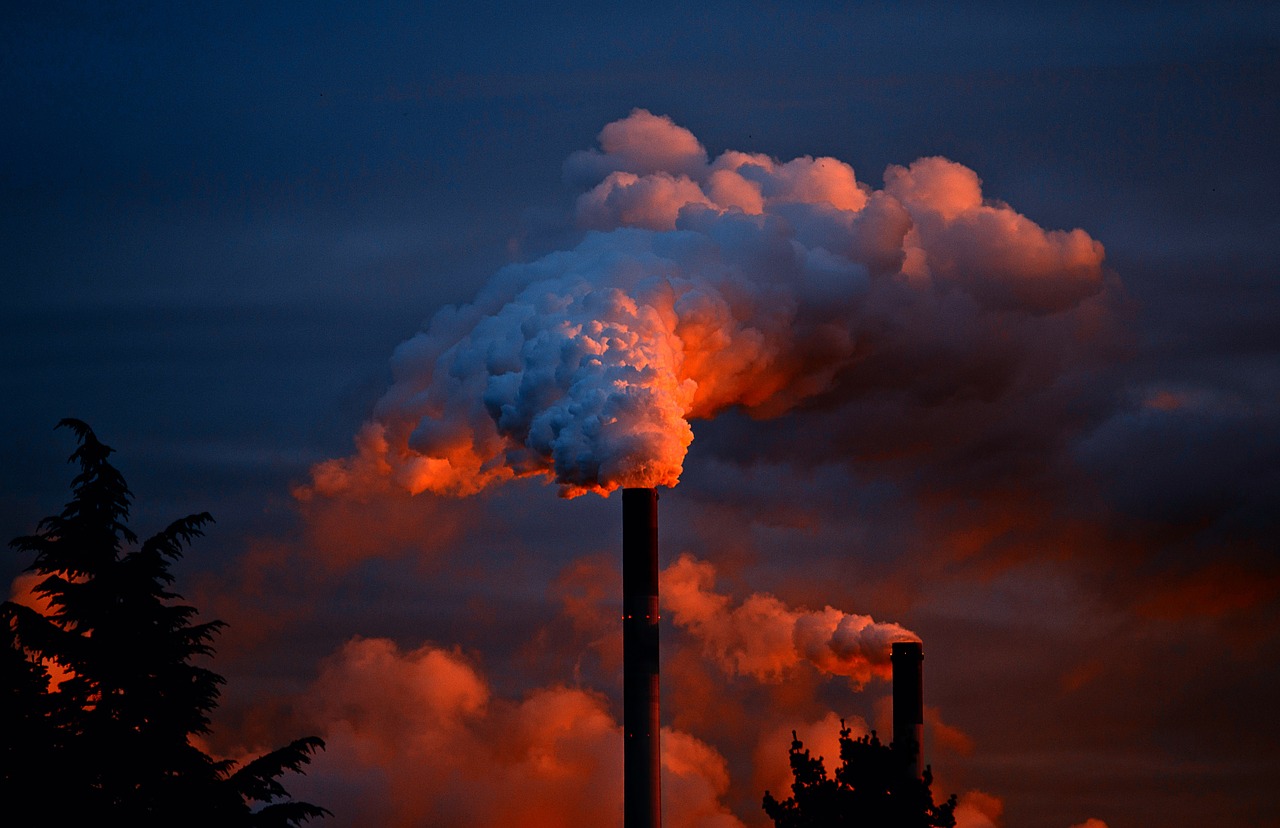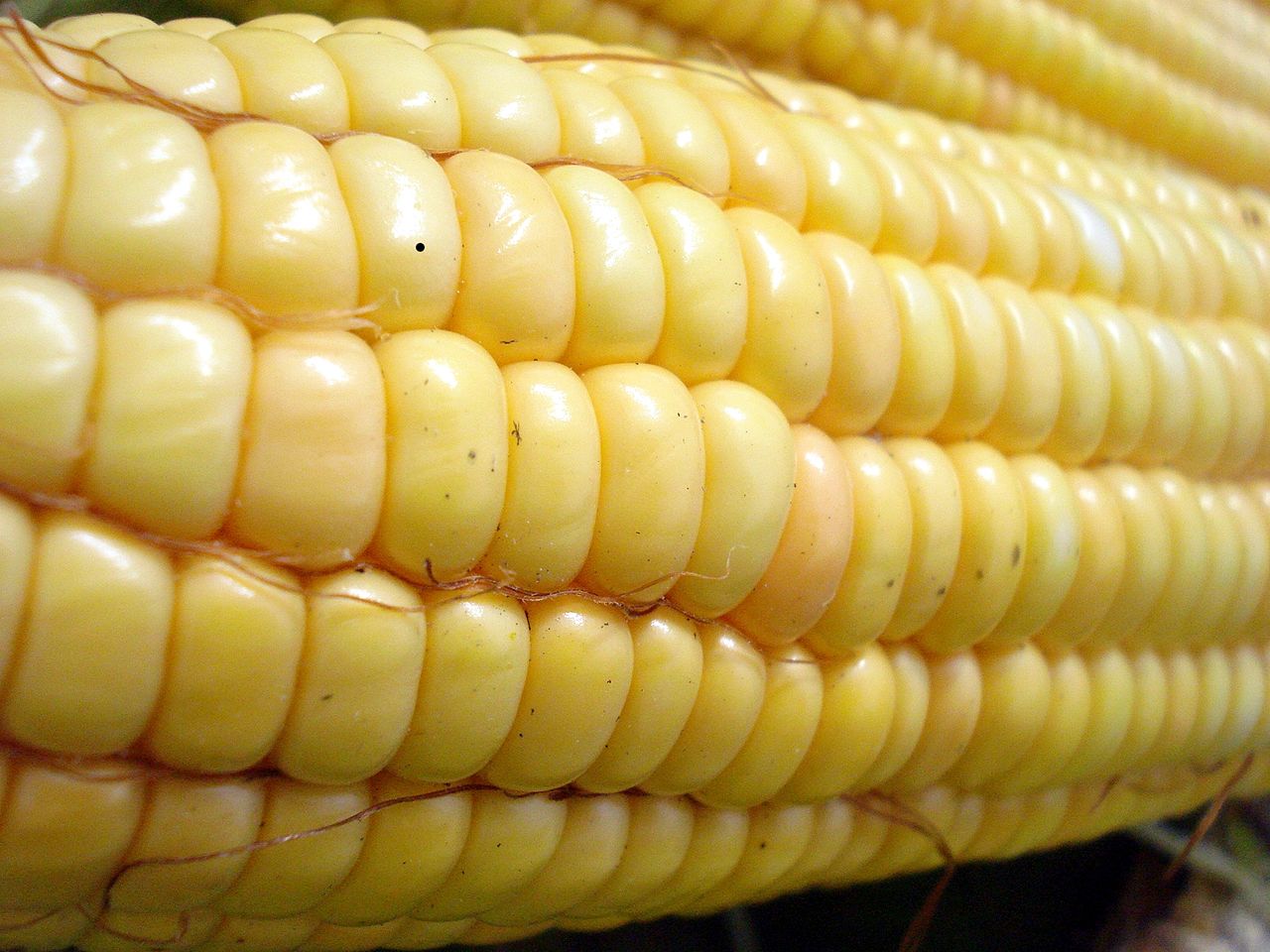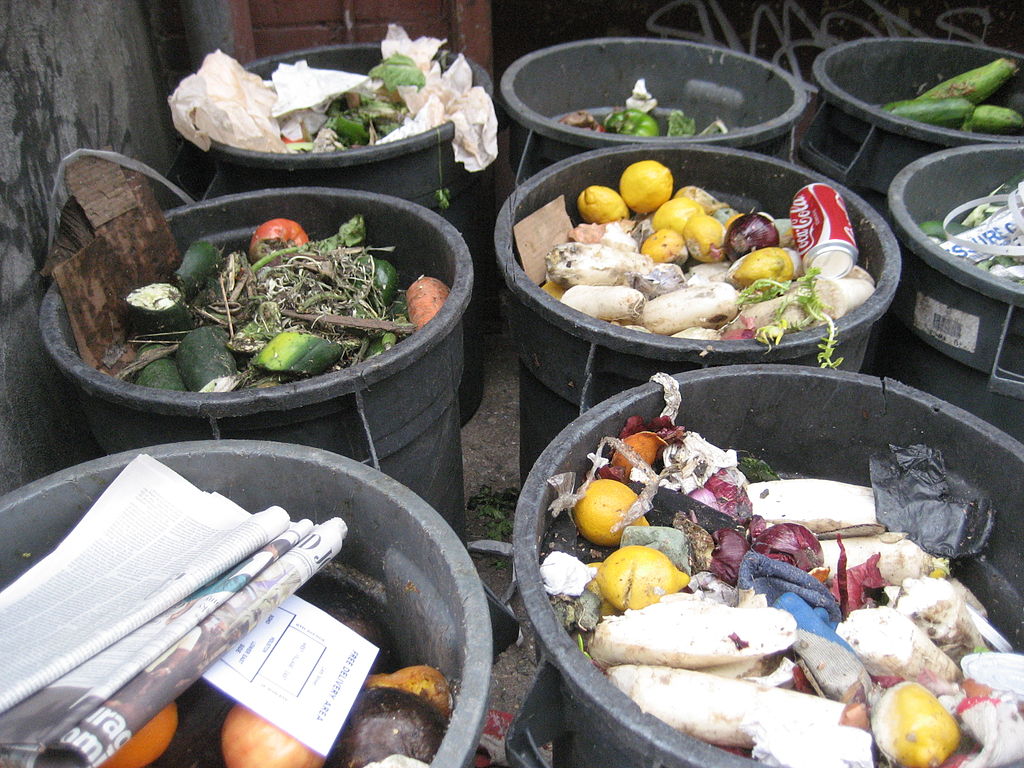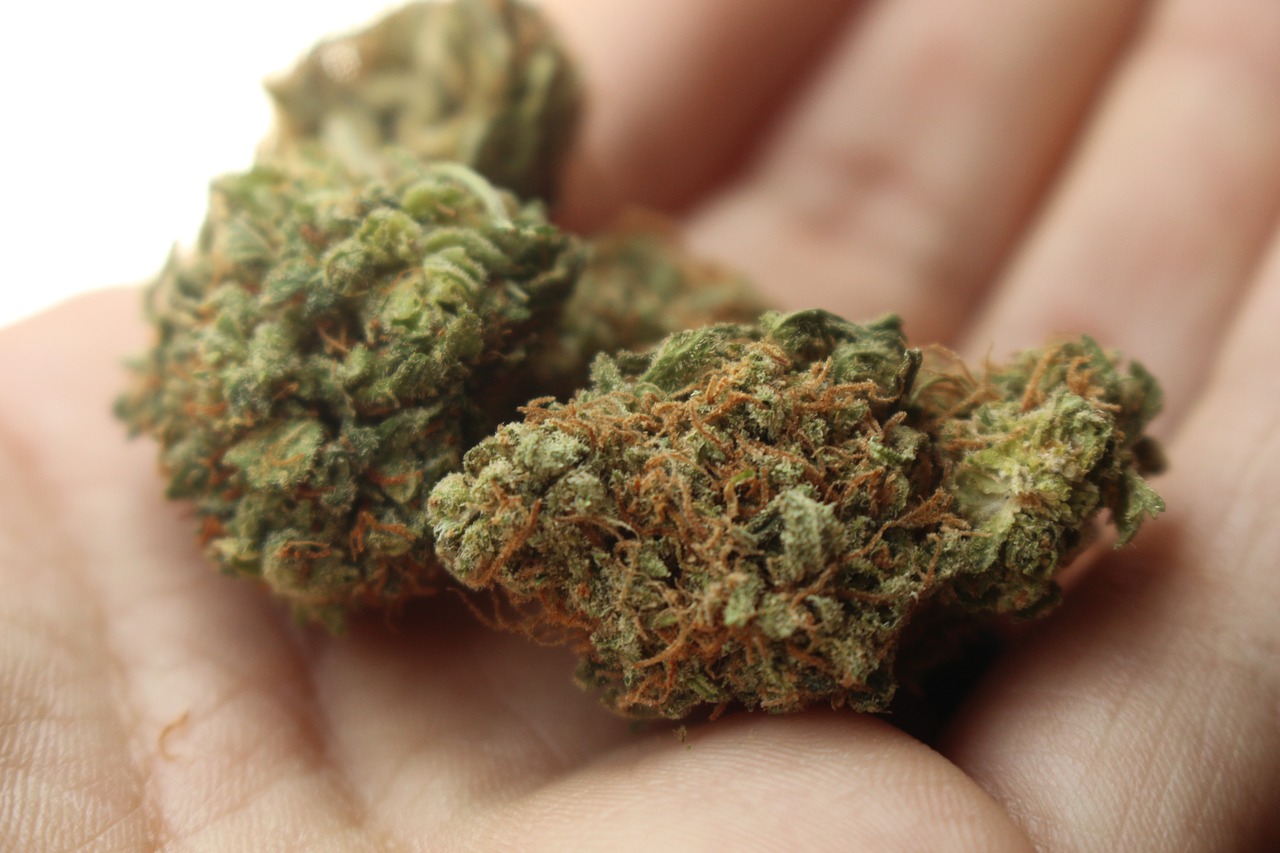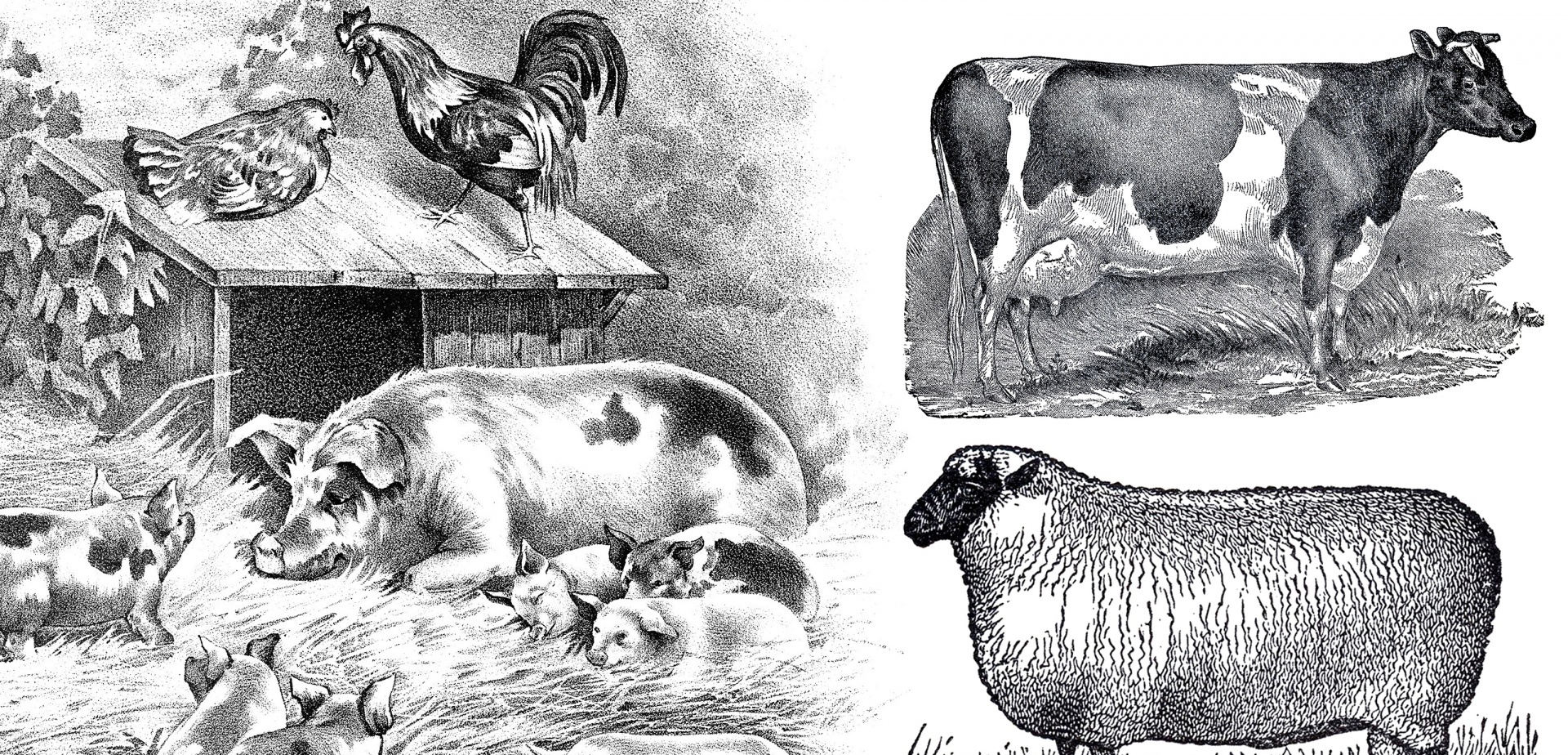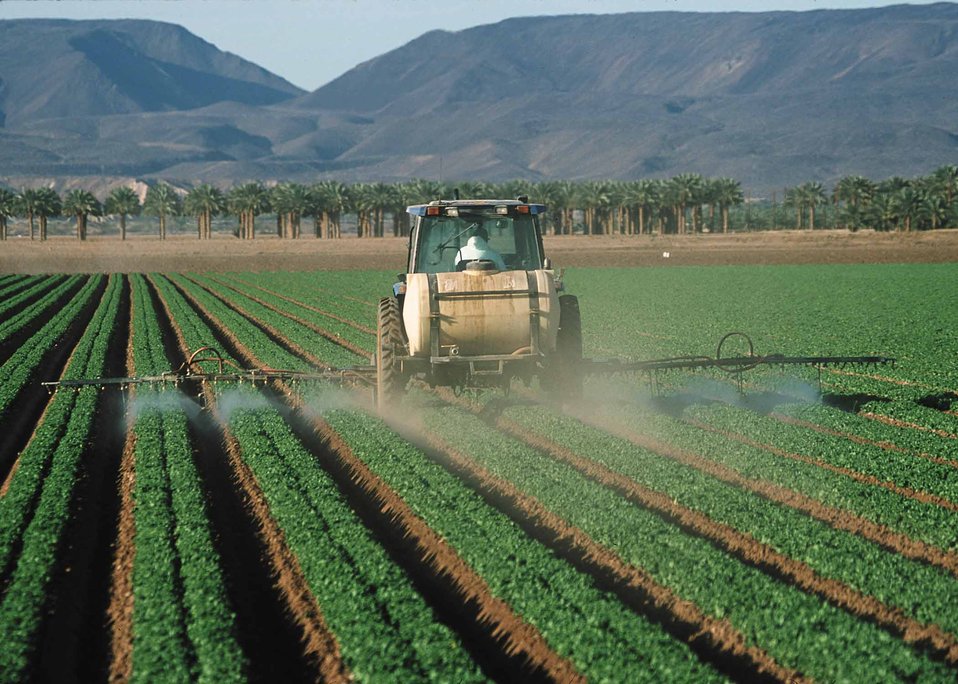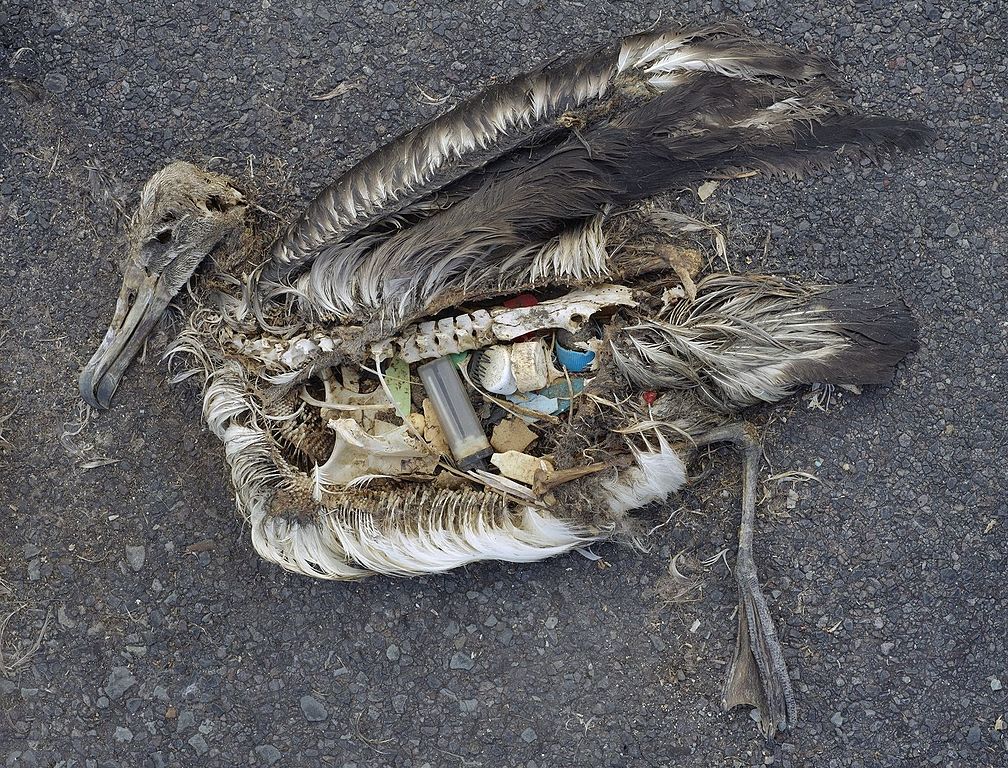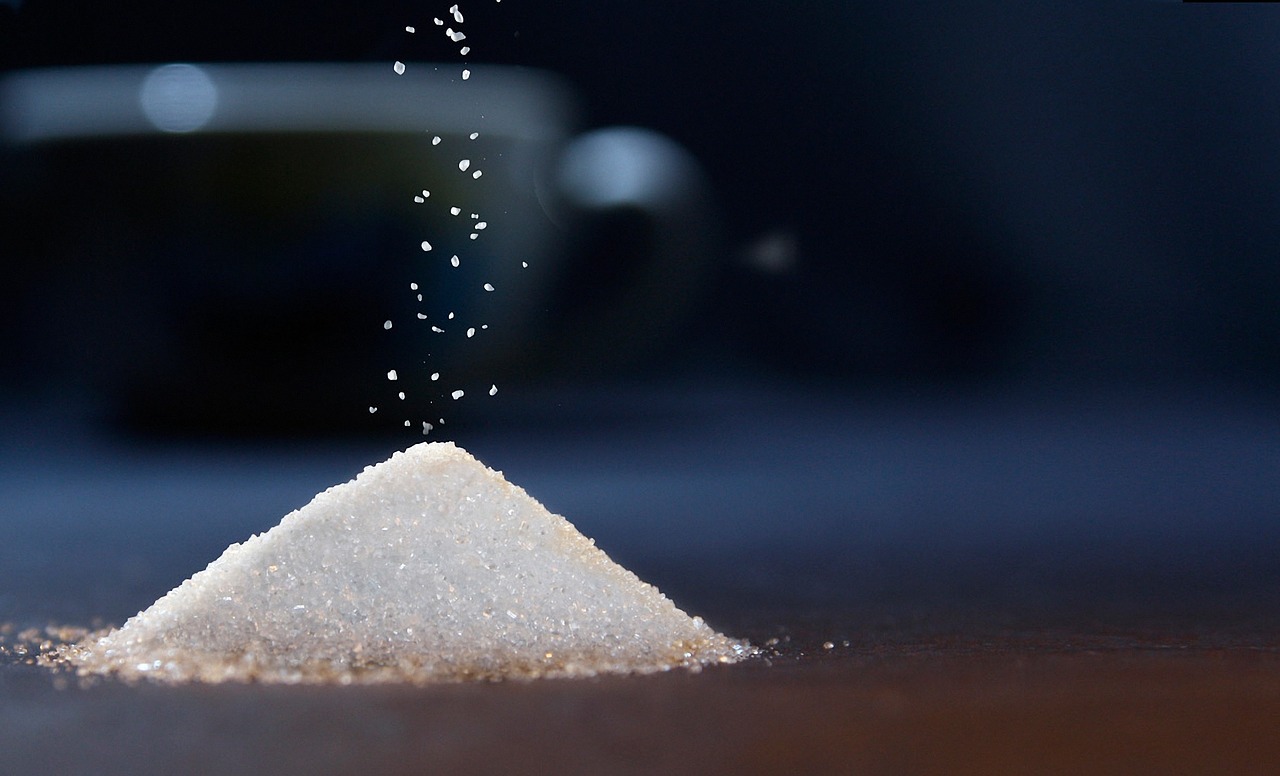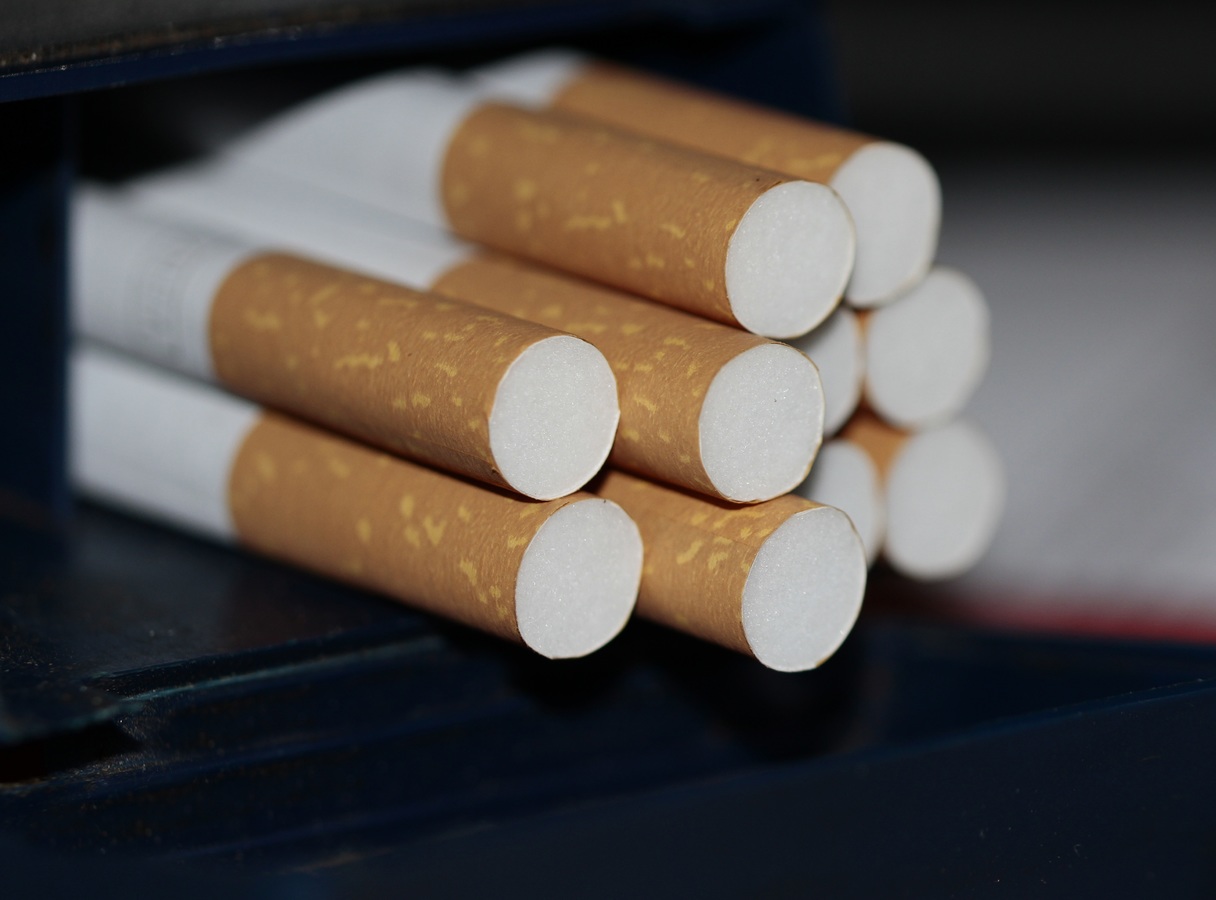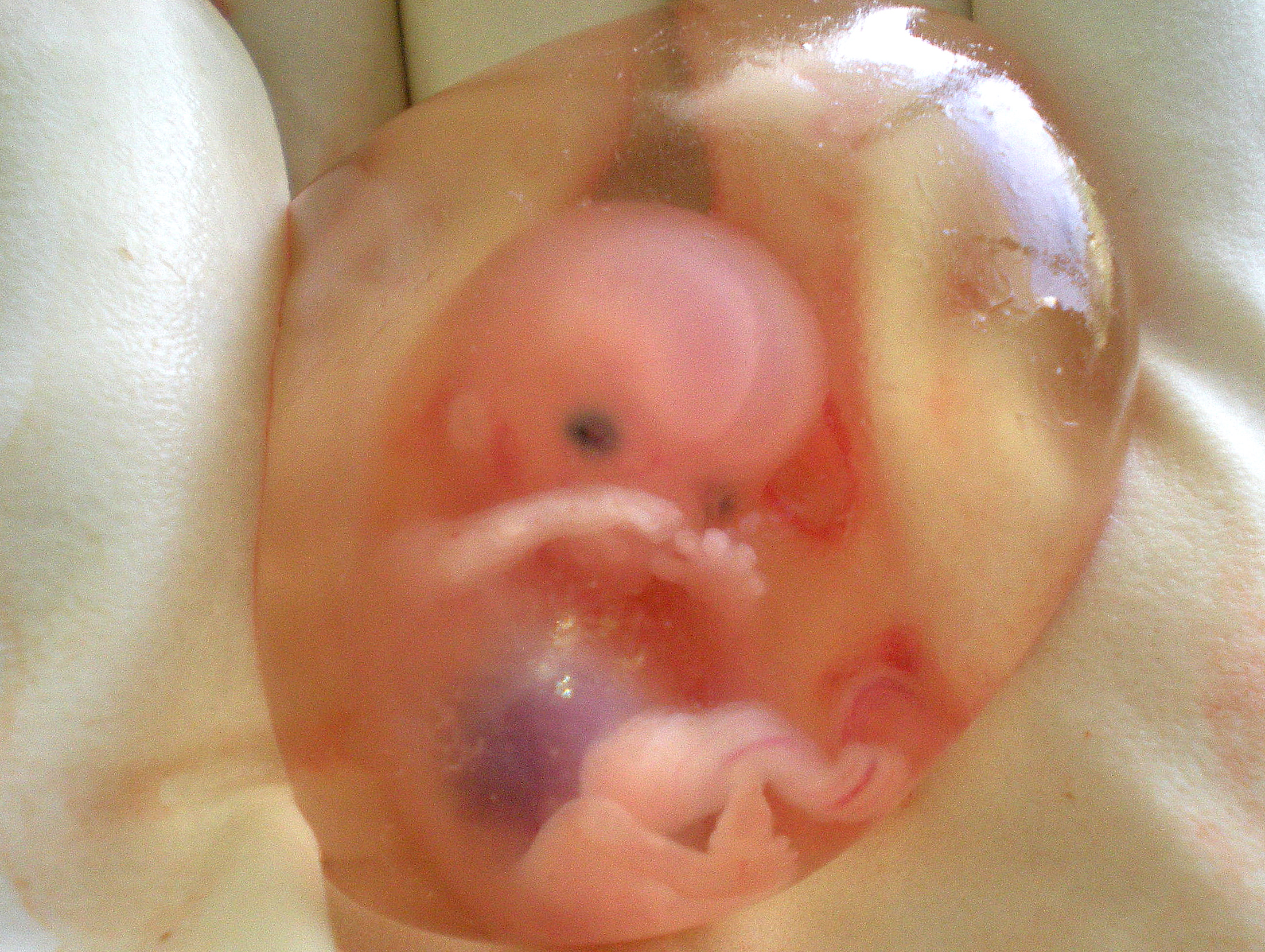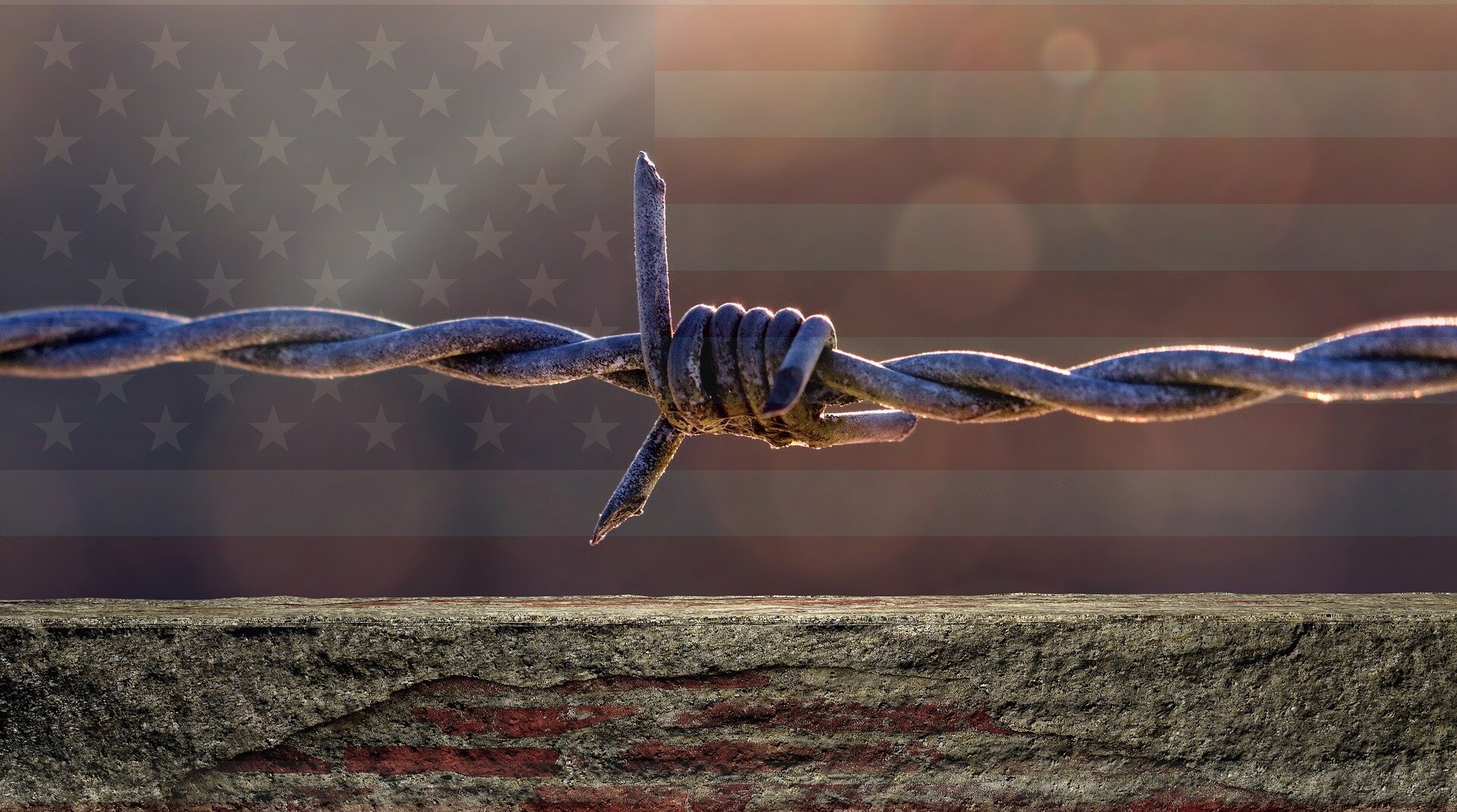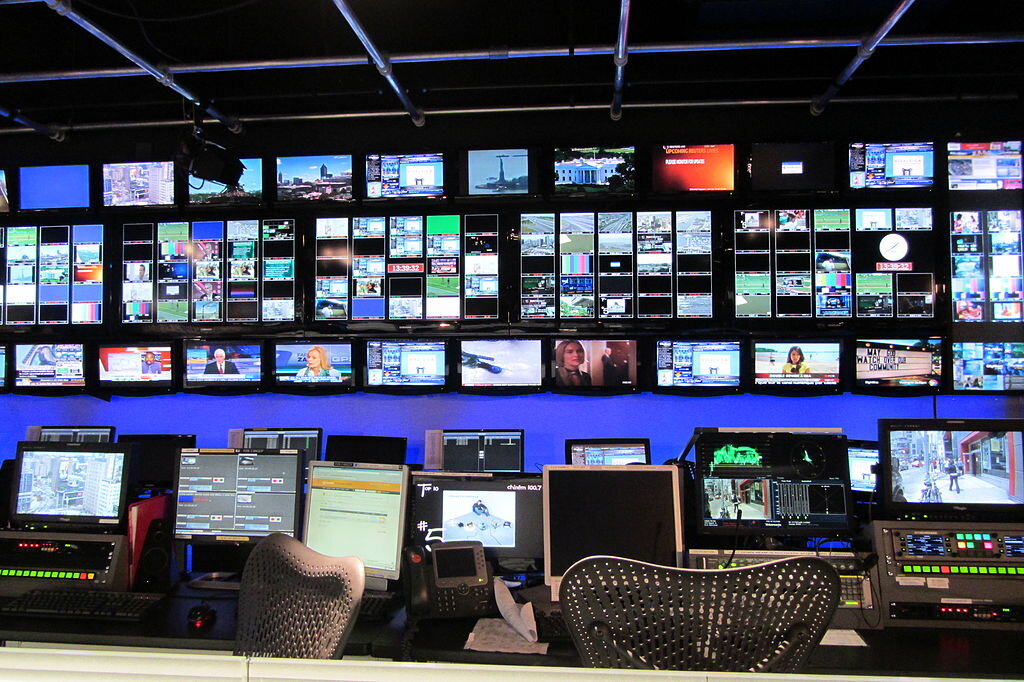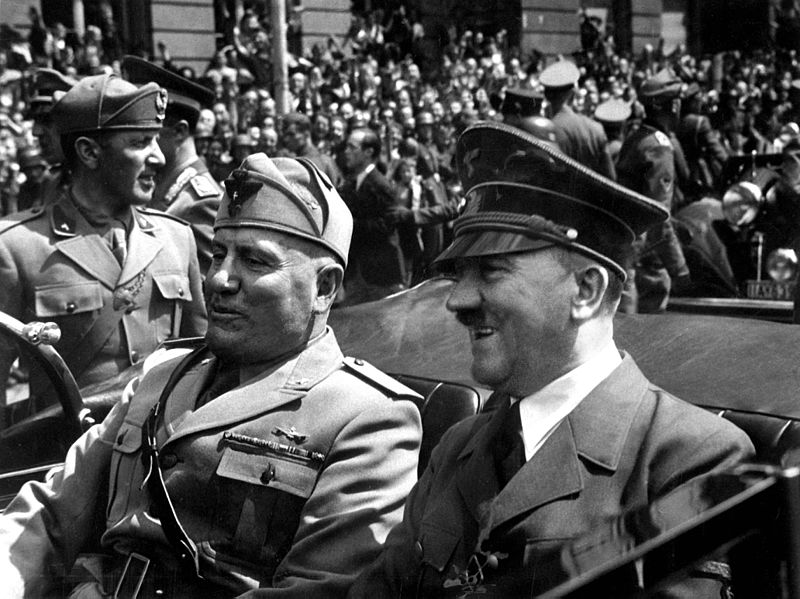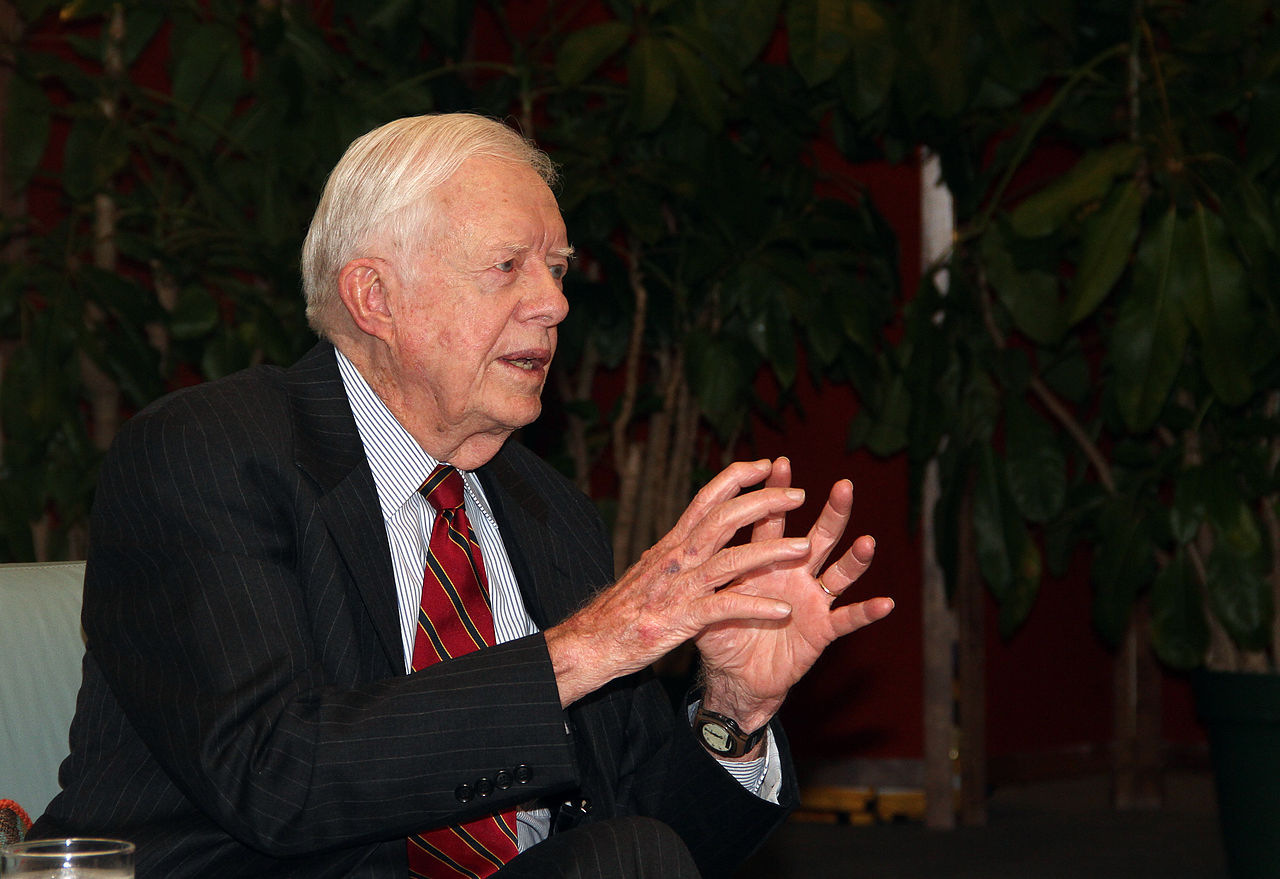Meat and Its True Cost
Photo credit: Karen Arnold, Creative Commons Zero.
Introduction
This page explores the how the true ecological and human costs of meat are hidden from the U.S. public.
Messages and Resources on Christian Restorative Justice, Environment, and Health
A practical Study and Action Guide for use by small groups discussion or personal reflection. The guide covers topics that are actionable on the personal and policy levels: sugar’s impact on our bodies and sugar corporations’ truth-telling and accountability, corn and corn subsidies creating over-supply, plastic and its biological impact on animals and humans, the true cost of meat in terms of soil depletion and air pollution, and food waste and the practices which can diminish it.
Other Resources on Meat and Its True Cost
KOL Foods (website) An example of a grass-fed, pasture-raised animal farm
Jeremy Bernfeld, 'In Meat We Trust' Argues We Got The Meat Industry We Asked For. NPR, Dec 9, 2013.
Abigail Geer, The True Cost of Meat: Demystifying Agricultural Subsidies. Care2, May 15, 2014.
Weizmann Institute of Science, Real Price of Steak: Comparing Environmental Costs of Livestock-Based Foods. Science Daily, Jul 21, 2014. referencing Gidon Eshela, Alon Sheponb, Tamar Makovc, and Ron Milob, Land, Irrigation Water, Greenhouse Gas, and Reactive Nitrogen Burdens of Meat, Eggs, and Dairy Production in the United States. Proceedings of the National Academy of the Sciences of the USA, Jun 23, 2014.
Matt McGrath, Beef Environment Cost 10 Times That of Other Livestock. BBC News, Jul 21, 2014.
Nathan Gray, The True Cost of Beef: Report Warns of High Environmental Cost of Beef Production. Food Navigator, Aug 1, 2014.
Ocean Robbins, The True Cost of Meat. The Food Revolution Network, Dec 1, 2014. excellent infographics
Twilight Greenaway, In Search of the True Cost of Industrial Meat. Civil Eats, Apr 12, 2016. very good commentary on nutrition science, public health, and public policy. Refers to Judith Schwartz, Soil as Carbon Storehouse: New Weapon in Climate Fight? Yale Environment 360, Mar 4, 2014. Schwartz argues that beef and lamb, under the right crop rotation and pasture-grazing animal practices, have a lower carbon footprint than other studies have account for.
George Steinmetz, Super Size: The Dizzying Grandeur of 21st Century Agriculture. New York Times, Oct 5, 2016.
Cowspiracy (website.
Adam Behsudi, Trump’s Trade Pullout Roils Rural America. Politico, Aug 7, 2017.
Sarah Zhang, The Truth About Dolly the Cloned Sheep. The Atlantic, Nov 23, 2017.
Raj Patel and Jason W Moore, How the Chicken Nugget Became the True Symbol of our Era. The Guardian, May 8, 2018. When you turn the natural world into a profit-making machine.
Dave Merrill and Lauren Leatherby, Here’s How America Uses Its Land. Bloomberg, Jul 31, 2018.
Isabella Tree, If You Want to Save the World, Veganism Isn’t the Answer. The Guardian, Aug 25, 2018. Partly because of emissions but more so chemical erosion of soil which some livestock prevents.
Leila Salazar-López, Bolsonaro Wants to Plunder the Amazon. Don’t Let Him. New York Times, Jan 29, 2019. Re: beef production
Brian Palmer, Week 120: Trump Can’t Even Run a Garbage Dump Properly. OnEarth, May 10, 2019. Largest sources of methane emissions: (1) oil and gas drilling; (2) livestock; (3) garbage landfills. Meanwhile, Trump proposes slashing the EPA budget, while the U.S. refuses to sign any agreement protecting Arctic areas from drilling.
Vox, How Four Companies Control the Beef Industry. Vox, Sep 29, 2021.
Manuela Andreoni, Can Forests Be More Profitable Than Beef? New York Times, May 2, 2024. “Cattle ranches have ruled the Amazon for decades. Now, new companies are selling something else: the ability of trees to lock away planet-warming carbon.”
More Perfect Union, How Tyson Captured All The Pork You Eat (And Made Billions). More Perfect Union, Jun 21, 2024. Iowa has lost 90% of its family farms in the past 40 years — 40,000 total farms, gone. But hog industry profits have tripled. All that profit just goes to 3 companies that now dominate every aspect of the pork industry. Tyson is a vertically integrated monopoly. They raised and mass produced hogs like chickens.
Christian Restorative Justice, Environment, and Health: Topics:
This page is part of our section on the Environment, which explores the following topics: Animal Antibiotics; Animal Extinction; Climate Change; Coal, Gas, Oil; Corn; Food and Nutrition Misc; Food Waste; Health Care Systems; Lead, Mercury, Heavy Metals; Marijuana; Meat’s True Cost; Pesticides; Plastics; Renewable Energy; Sugar; Tobacco; Water; Wheat.
Christian Restorative Justice Critique of the Right: Domestic Policy Topics:
This page is part of our section Critique of the Right, which engages the following topics: Banking and Finance examines the economic and political power of financial institutions; Bioethics discusses abortion policy; Business and Economics examines economic theories, taxes, housing, environment, corporate law, labor law, automation, and inequalities of wealth and power; Civil Unions makes the Christian case for civil unions for all and removing marriage from the culture wars; Criminal Justice examines crime statistics and definition, policing, prosecution, sentencing, prisons, and reintegration; Education examines public education and conservative resistance to it; Environment and Health highlights the many challenges we face related to animals, climate change, food, and health systems; Government Corruption spotlights political compromises and dealings contrary to the public good; Gun Rights examines gun policies and rhetoric; Media spotlights failures of, and possible fixes to, left-wing or left-leaning media; Power and Politics highlights the impact of racial considerations and racism on political campaigns, voting rights, public investments, and other political procedures; Race examines the impact of white supremacy on virtually every aspect of American life.


